Description
After three years of intensive research, author Richard S. Dann has finally produced the definitive history of the Boeing F4B, the Navy’s iconic Golden Age fighting plane. The Boeing F4B, a favorite of pilots who flew it, still draws interest of hobbyists and historians alike, primarily due to the striking paint schemes worn by these aircraft during their service.
Boeing, a company in existence since 1916, had produced a number of fighter aircraft for both the U.S. Army and U.S. Navy. Derived from the company’s successful PW-9 series for the Army, Boeing developed what can be considered the first truly successful carrier fighter with their FB series. First flown in 1925, the FB set the stage for the development of several follow-on aircraft for the Navy, namely the F2B and F3B. These aircraft were manufactured using state-of-the-art techniques, being constructed with welded tube fuselages and wooden wing structure, with fabric covered surfaces.
These standard construction methods were also used in the Boeing Models 83 and 89, which were built on speculation, tested by the Navy in 1928 and subsequently purchased as the XF4B-1. Sufficiently impressed with their performance, the Navy ordered 27 F4B-1s with deliveries commencing in 1929. A second version, the F4B-2 was developed with improvements over the initial model and also put into production with 27 built.
As the decade of the 1930s began, the use of traditional construction techniques of welded tube fuselages gave way to airframes manufactured using lightweight aluminum alloys. Use of semi-monocoque, stressed skin aluminum offered lighter airframes and subsequently, higher performance. In the F4B series, this was first seen on the company-funded Model 218 prototype, which bridged the gap between the earlier and later versions of the F4B. The later versions of the F4B, the F4B-3 and F4B-4 were partially constructed of aluminum alloys as first used on the Model 218 in place of steel tubes, offering high strength and light weight. Just 21 F4B-3s were built before Boeing switched production to the F4B-4, of which 92 were built.
Boeing’s F4B dominated U.S. Navy fighter and some bomber squadrons from 1931 to 1935, with the last squadrons of F4Bs transitioning in 1938. As F4Bs were phased out of front-line service, they were turned over to the training command, and later, as unmanned aerial targets used for training shipboard anti-aircraft gunnery crews as part of Project FOX. The last F4Bs were withdrawn from service in 1942.
The first half of this 160-page monograph covers the developmental history of the F4B. Each version from F4B-1 to F4B-4 is covered, as well as the Boeing Model 218, which served as the prototype for the F4B-3 and F4B-4. 408 photographs and 24 drawings provide an in-depth study of each version. Much of the data for this section comes from period test reports and specification documents. In addition, a history of each airframe is provided, including squadron assignments, mishaps, strike dates, final disposition and total hours of flight time, if known.
This is followed by an operational history of each Navy and Marine Corps squadron that operated the F4B as well as other Navy/Marine Corps commands that operated the type. Also included is a history of the Boeing Models 256 and 267, export variants that were sold to Brazil and the F4B-4A, which consisted of P-12s given to the Navy. Just two F4Bs found their way to civilian operators, and their civilian use is also included in this book.
The final chapter dedicated to the aircraft discusses eight new-build Boeings that have been under construction in Gardnerville, Nevada since 1993. The first of these aircraft is expected to fly in late 2023 or early 2024.
As with nearly all Ginter books, the final chapter is devoted to model kits.
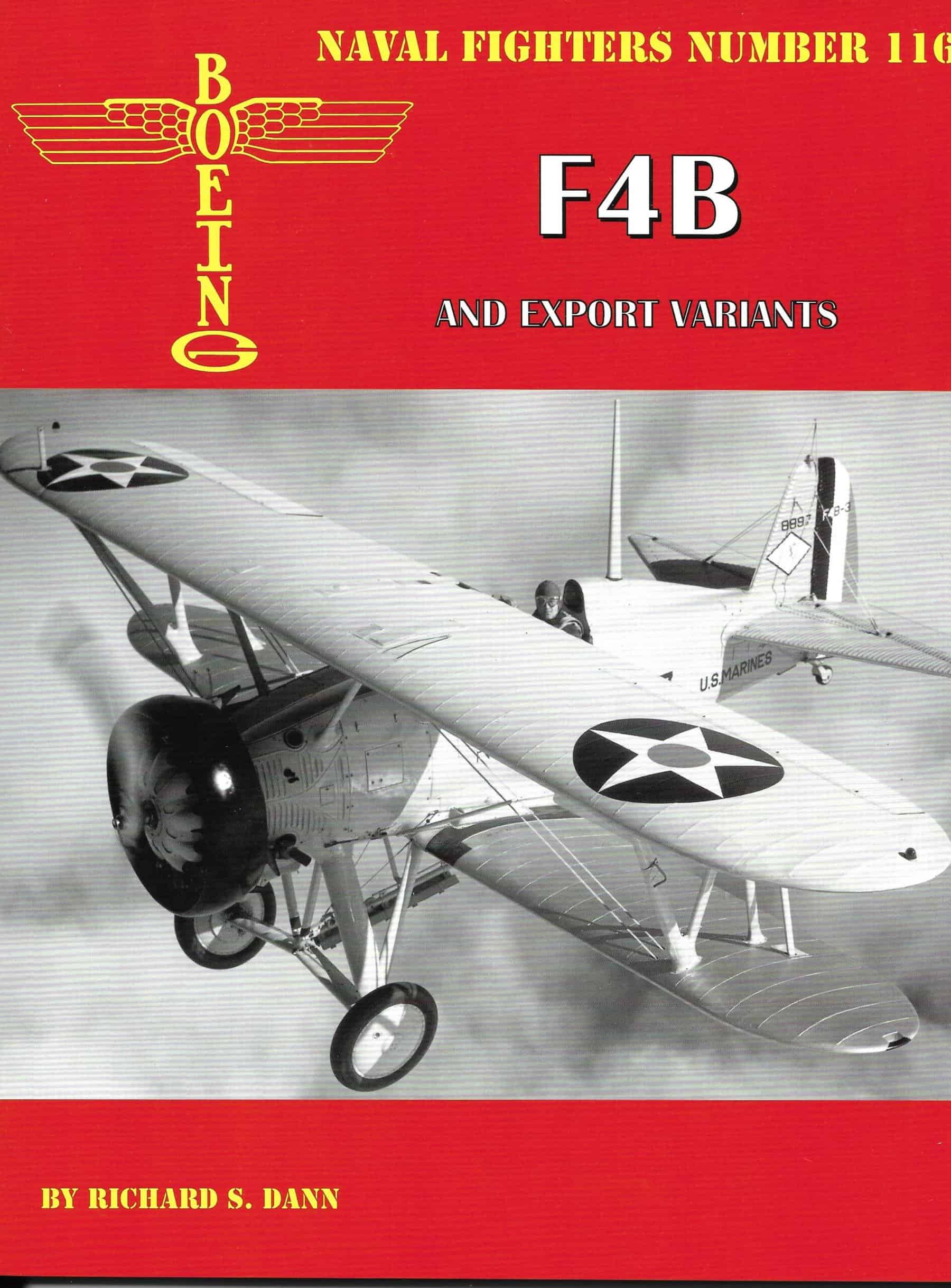

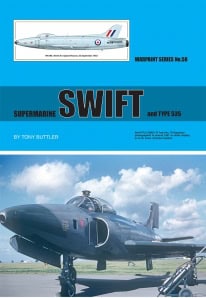
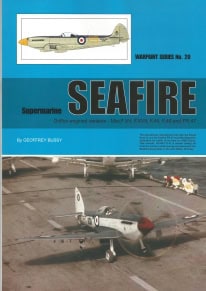
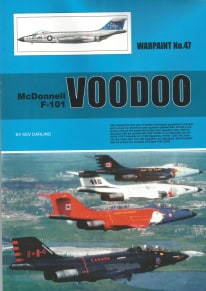

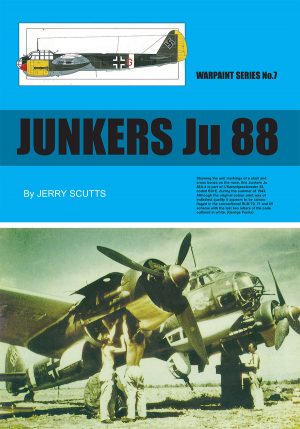
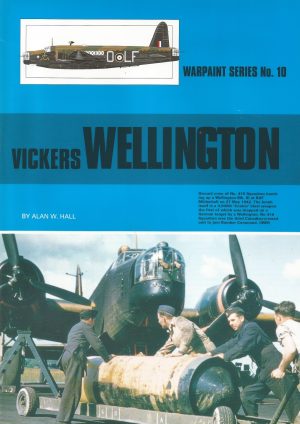

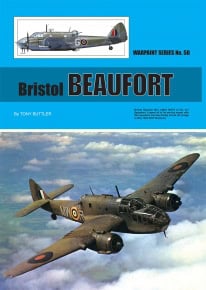
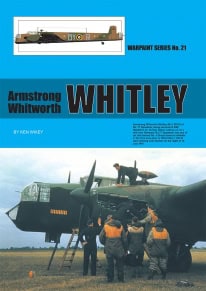
Reviews
There are no reviews yet.